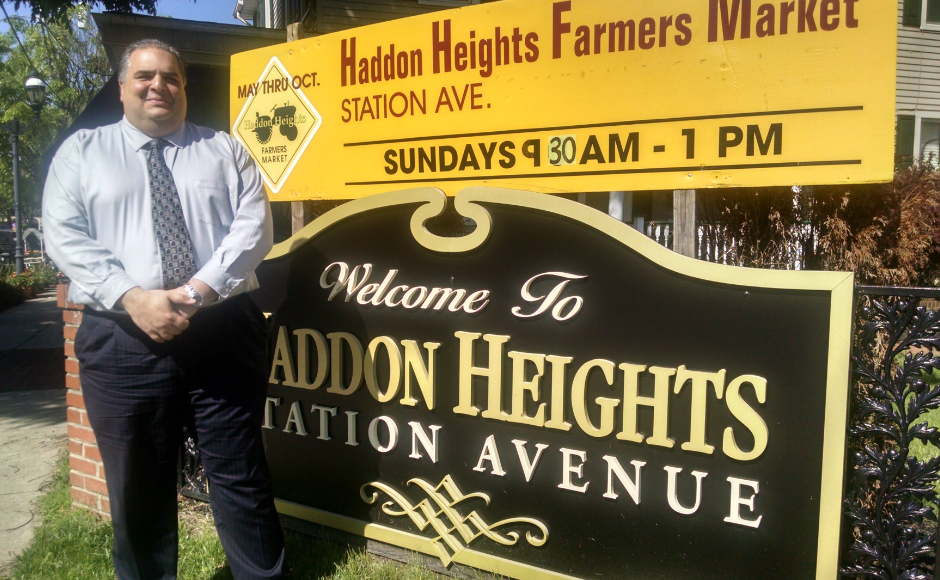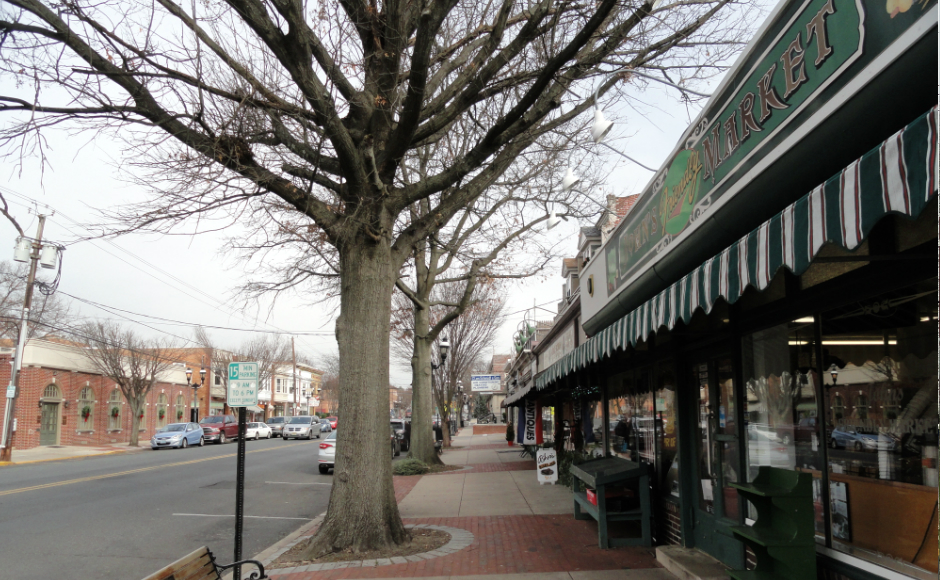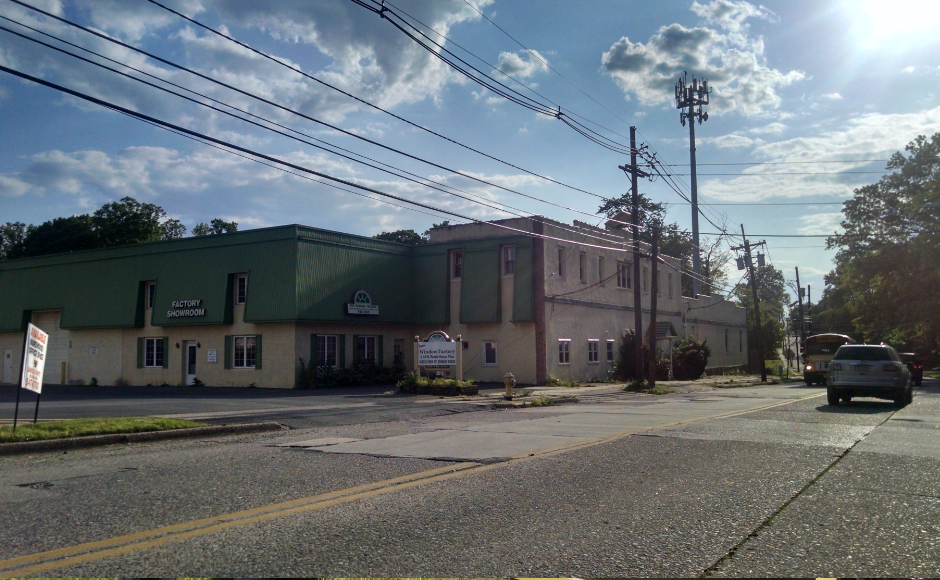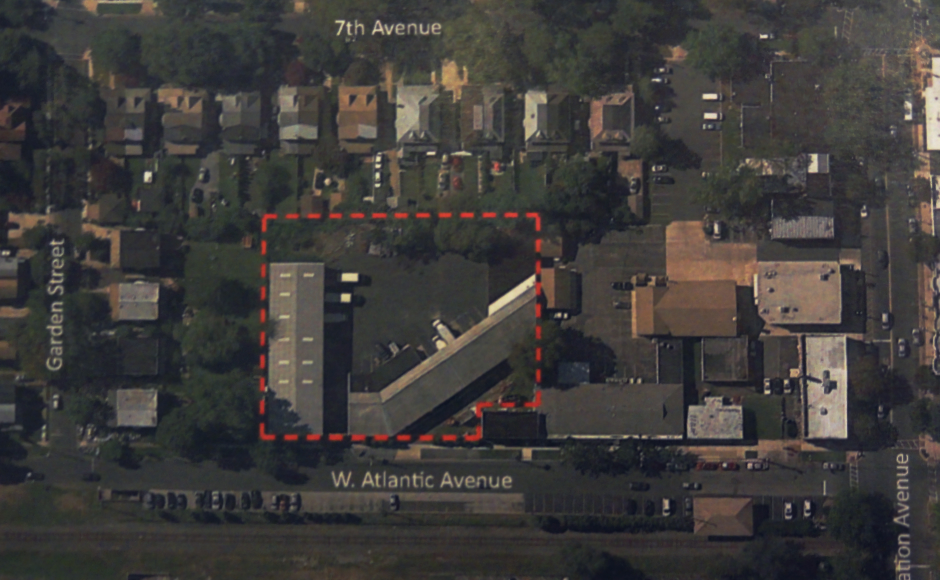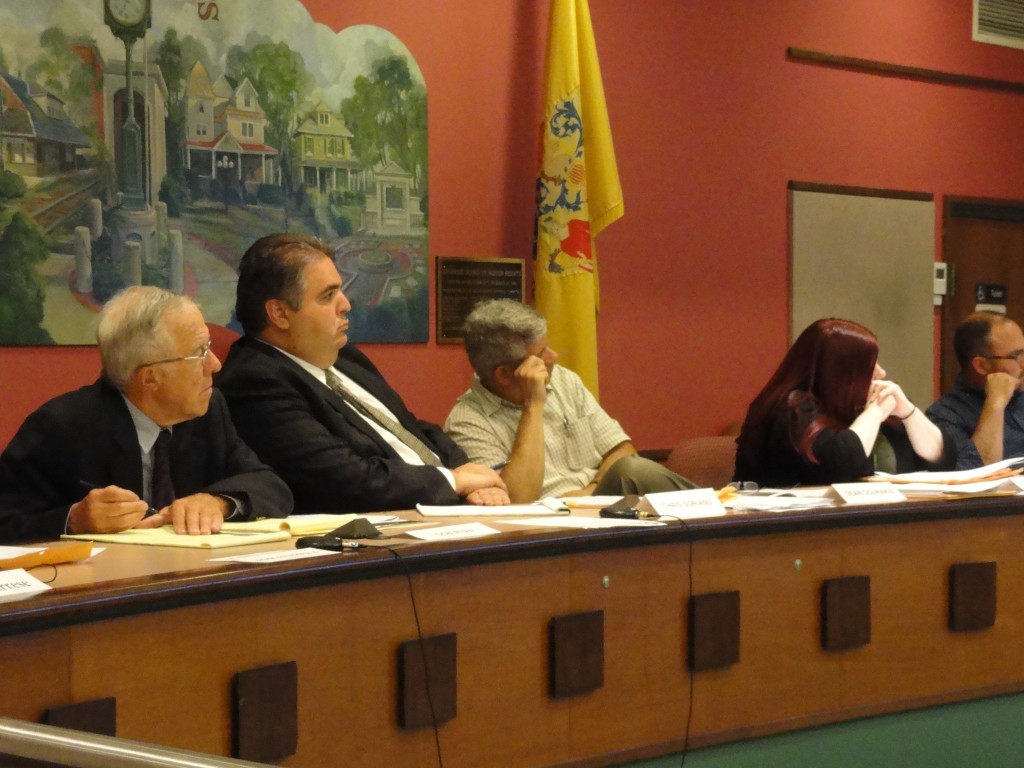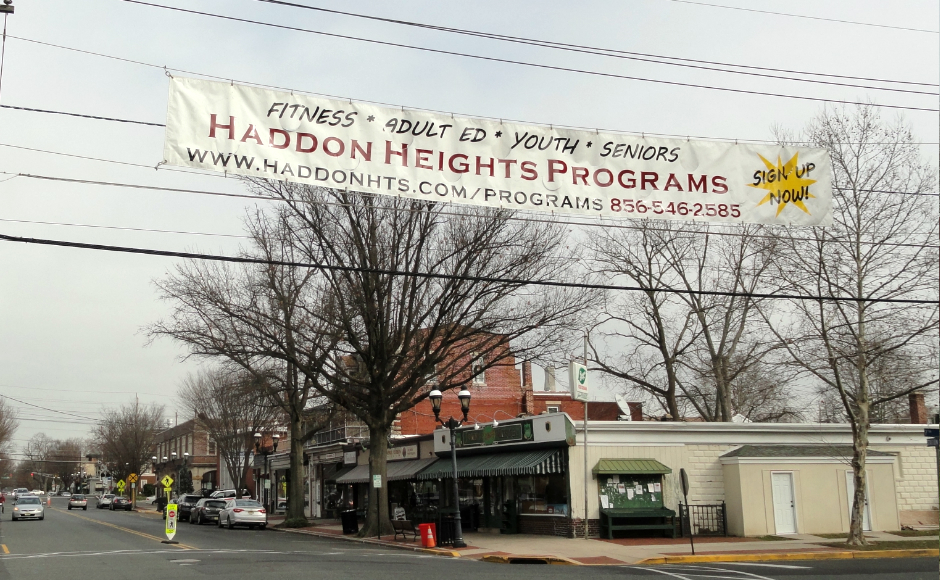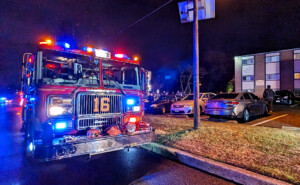Planning Board Chair Christopher Soriano says changes will focus on improving walkability of the Station Ave. commercial district, identifying areas for redevelopment, and driving business to town.
By Matt Skoufalos
Like many of its neighbors, scenic Haddon Heights is a small, tree-lined community with a walkable Main Street downtown shopping district.
As the surrounding landscape of Camden County continues to evolve, the borough likewise is searching for ways to reinvent itself for the future while preserving its character and historic charm.
Over the next month or so, the Haddon Heights Planning Board is working on a 10-year update to its master plan, the primary point of reference anchoring those changes.
The current update will be the second since its initial drafting in 1996, and Planning Board Chair Christopher Soriano said that some of the issues identified in earlier versions of the document have persisted since the last 10-year update in 2006: preserving access to affordable housing, adding more housing to the borough central business district to stimulate activity, improving access for various modes of transportation, and maintaining older and historic housing inventory.
One thing that hasn’t changed, he said, is the fact that the town is “fully developed.
“When you go further east, other towns have to look at what they’re building on that land,” Soriano said. “We’re looking at what are we using that existing land for.”
Business improvements
The primary areas of focus in the master plan are the borough commercial districts, from its Station Avenue downtown to the areas along the White and Black Horse Pikes. In planning for those areas, questions still remain about commercial signage, traffic calming and streetscape improvements, and what to do about a handful of underutilized properties.
Aside from the dormant Window Factory/Sherwin Williams site on Kings Highway, the most discussed of these is the Atlantic Avenue warehouse complex, for which the board heard a redevelopment proposal from Buckingham Partners in 2015.
The body rejected plans for a three-story, 38-unit apartment building at the site, which would have sought a variance from obligations to provide first-floor commercial units within the central business district.
In the discussion, members of the planning board agreed, however, that the property and its current zoning were due for re-examination. Although the board hasn’t made any determinations, Soriano thinks the warehouse could be a candidate for redevelopment.
“Is there anything that can be done to encourage a better, different use while respecting the fact that you have houses that back up to that site?” Soriano said. “What I have been hearing generally is that something should be done. It would be really important in my view to include in that discussion the folks who live around it.”
Soriano believes a more promising approach to the site would involve creating a mixed-use development with commercial space, “some light-density residential, maybe townhouses, maybe higher-end rental units,” and a centralized gathering space at the center.
“Whatever goes there needs to address parking,” Soriano said. “If you’re adding residences and folks with cars, then obviously you’ve got to find somewhere to park those cars.”
The additional volume of traffic anywhere along the periphery of the central business district brushes up against another persistent planning issue in the borough: its search for a safer corridor for non-vehicle traffic at the intersections of Station and East and West Atlantic Avenues.
Possible solutions could include traffic-calming measures via an artificial narrowing of the street, as was created with the support of the Camden County government on Grove Street in Haddonfield. Streetscape improvements also offer opportunities for beautification, but any such planning would likewise have to be coordinated with the county government, Soriano said.
“Is there anything we can do to improve the overall safety of this rectangle?” he said. “If we’re going to talk about using narrowing the street as a traffic-calming measure, can you incorporate some sort of additional safety [measures]? Can we use bump-outs? Can we use planters? Can we add bike racks so we encourage folks to bike?
“If we’re going to talk about calming the traffic, then we should talk about doing it in a way that gets us some of these amenities,” Soriano said.
Another holdover issue from the 2006 master plan review involves the Haddon Heights firehouse, located behind the borough library in the central business district. If the needs of the fire department are constricted by traffic in the district and vehicle egress within a narrow alley, Soriano said, “it’s something worth having a discussion about.
“New firehouses don’t just pop up overnight,” he said. “I don’t know if it’s something that can be resolved on a very short-term basis or something that is more of a long-term thought.”
Signage and business support
If large changes—like moving a firehouse—are on the table in the master plan review, so are procedural matters. Soriano said another significant consideration of the review is how to improve downtown signage and zoning laws. Both can be used, respectively, to attract a good mix of businesses and to make the downtown district more business-friendly, he said. Soriano described the current signage ordinance as “abysmally complicated,” owing largely to historic district statutes, with which businesses operating in Haddon Heights also must comply.
“It just needs to be rewritten to make it more understandable,” Soriano said. “I’ve heard some folks who say, ‘You should work for uniformity of signs.’ I’ve heard our sign ordinance is too restrictive to be able to tell people who are passing by what your business does, and there should be more signs.
“One of the things you need to make a business district successful is someone who’s willing to park their car once and make three or four stops,” Soriano said. “Anything that convinces people to walk our downtown is a good thing. There’s a lot packed into these two blocks.”
The master plan in 2006 also suggested the central business district would benefit from the organization of a special improvement district overlay, as well as a town-wide marketing campaign to help strengthen local businesses against nearby competition, Soriano said.
“One of the things that we look at from a broader perspective is how to attract folks from Audubon or Haddonfield or Barrington to come look at our town,” he said.
Beyond the central business district, Haddon Heights is also home to commercial districts along the White and Black Horse Pikes, which have very different needs.
For planning purposes, these zones are considered highways, which leads the planning board to examine how the high volume of traffic they see can help drive business.
“Is your use of the land optimized?” Soriano said. “Is the circulation adequate? We’ve handled a number of sign variances on that street because people need cars going by at 45 mph to know that they’re there.”
Many businesses located on the White Horse Pike have the challenges of operating along a highway as well as within a historic district; operating within converted Victorian homes, they may face struggles associated with parking, the age of their construction, and pervious coverage. The area is also the site of a house that exploded in 2013 after a gas leak, which hasn’t since been rebuilt, and which Soriano wondered whether the board may have the opportunity to examine.
Among the amenities of Haddon Heights is its high-quality housing stock, a high percentage of which is occupied, and a low percentage of which are “abandoned, dilapidated homes,” Soriano said.
“Vacant properties are an issue that have to be addressed, but we have a relatively low percentage of those.” he said. “We have a walkable community. We have lots of amenities in terms of parks and recreation. Our plan would work on building and maintaining parks and recreation options because those are important for staying in town.”
In the future, Soriano wondered whether the main rail line that runs through the center of the borough might ever be reactivated as a commuter service, or, failing that, if another service might pop up to connect borough residents with mass transit stations along the Glassboro rail line and PATCO Hi-Speedline.
“We have lot of highway access for those folks who do want to drive, but in 20 years, with less people going to be driving, how do we make it so they can get to the transportation they want to get to?” Soriano said.
As the plan continues to take shape, the board intends to have a draft re-examination document to its planner, Bach Associates,over the next month or so, and will then hold a public hearing on the final version. In the interim, it welcomes comments from borough residents and business owners by way of the Zoning office (856-546-2580 or zoning@haddonhts.com) at planning board meetings (third Thursdays at 7 p.m. in the municipal building).
“Hopefully putting all those ideas in a room will lend us to the vision that we need for the next ten years,” Soriano said.
Of course, “no matter how good of a plan we come up with it’s only the first side of the coin,” he added. “The second side is going to be finding folks that are interested in implementing that which is in the plan, and that’s always a challenge.”


